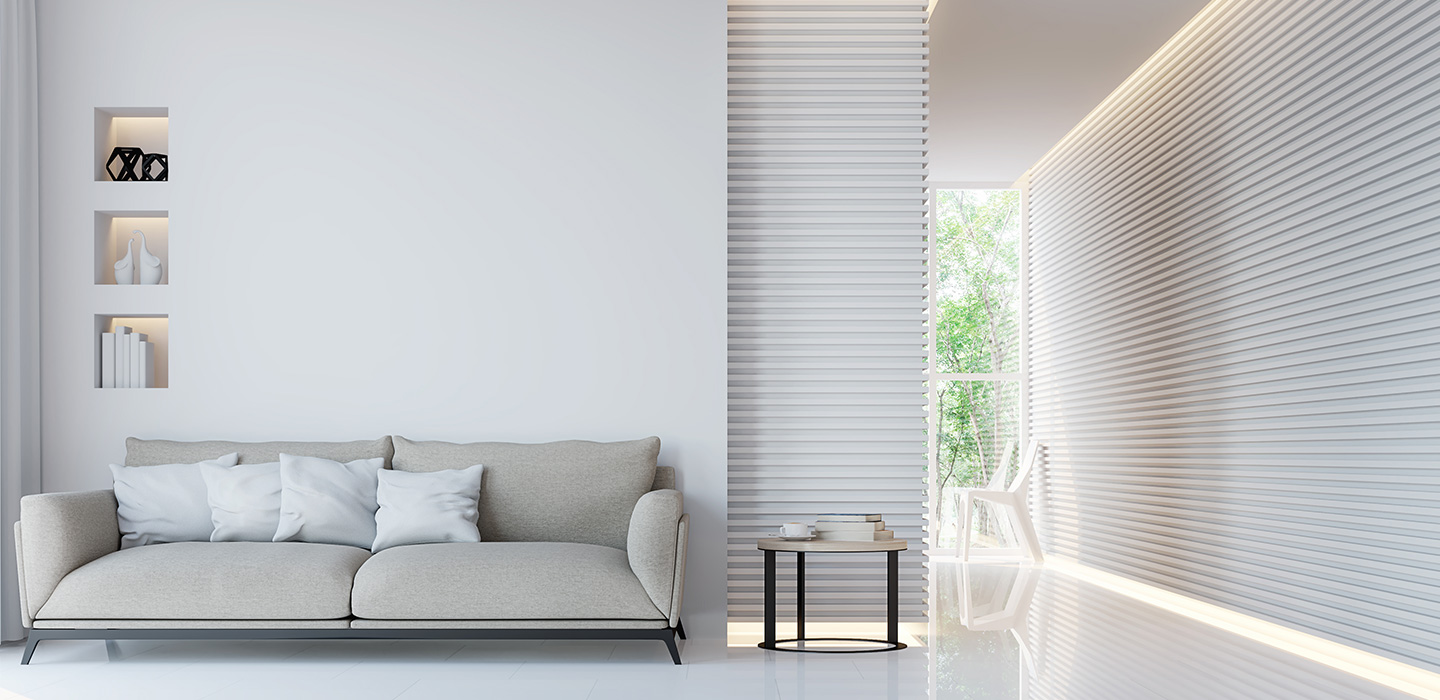For many homeowners, an occasional spring clean is an opportunity to chuck out unnecessary clutter, or think about a complete makeover of their home.
Home magazines and websites are filled with advice on “tasteful” holiday décor and tips on how changes to our homes can make them more liveable, desirable and conducive to improving our overall well-being.
As living spaces become smaller, a growing theme of these articles is a focus on minimalism, especially in the form of Japanese- or Scandinavian-inspired décor. A clean, simple and uncluttered home leads to a clean, simple and successful life – or so the general message apparently implies.
Japanese author and organisation consultant Marie Kondo’s books that have sold in the millions promoting what she promises is the “life-changing magic” of decluttering. In her books she advocates that an ordered, minimalistic approach to home life leads to a calm and motivated mindset, clarity of thought, greater productivity and eventual happiness.
It’s a thinking in stark contrast to the homes of mine and my friend’s grandparents that are piled high with mementoes, trinkets and ornaments – in other words, the complete antithesis of minimalistic living.
Fresh start
The traditional philosophy behind the Lunar New Year spring clean is about gaining a fresh start for a successful year ahead. It is often also about presenting the best face of their homes to visitors during the festive season and impress them.
For many people there is something inspiring about living spartanly and not getting caught up in the trap of excessive materialism. Yet minimalism, as it is generally espoused in today’s style magazines, is rarely about financial frugality.
Often the desirable, aspirational manifestation of minimalism is about buying less but spending considerably more on select luxury purchases that sell at a premium. The idea is also that because you have fewer possessions, you should be able to have nicer, more expensive items.

Apple stores feature simple and clean lines and create an ordered, minimalist environment associated with prestige and aspiration
It could be argued that minimalism in this sense has less to do with simplifying and clarifying one’s life and more about displaying an aspirational image of luxury, prestige and success.
Certainly many consumer goods companies seem to recognise this and shaped their marketing strategies accordingly. A growing number of premium brands, in particular, have taken a minimalist approach to their identity. Rather than emblazoning their products with bold, brash, glitzy logos, they have opted for a more subtle, understated path, appealing to consumers who see themselves as connoisseurs and “in the know” about particular trends.
One iconic brand that has successfully adopted the minimalist approach to high-end retailing is tech giant Apple. Like its products, its stores around the world feature simple and clean lines and create an ordered, minimalist environment associated with prestige and aspiration.
Often located at busy shopping streets, Apple stores present themselves as a refuge from a harried, anxious crowd. Plenty of empty space conveys a sense of openness, whilst sleek white tables resembling laboratory desks reinforce Apple’s brand value of creativity and its open invitation to consumers to explore and experiment with its products.
Apple’s approach has been highly profitable, and one which many competitors and interior designers have sought to imitate, viewing the clean, simple and open environments of the stores as encouraging innovation, creativity and teamwork.
But does this relationship between our environment and our behaviour stand up? Research suggests the psychology behind this is far from black and white.
Sticking to convention
A 2013 study by US researchers for example found that being placed in orderly, uncluttered environments led people to stick to conventional and traditional choices. In another experiment, the researchers found that people in these environments also made decisions that were better for their health.
However, the study also found that disorderly environments were the ones that encouraged individuals to break with convention, seek novelty, and be more creative and open to trying new things.
This raises an interesting question of what we value, what we think should be encouraged and what defines well-being. In a fast-changing, disruption-driven economy where innovation is increasingly valued, do we prioritise tradition and playing it safe over being more creative, open-minded and less conventional?
Indeed, if disorder encourages creativity, as the US study suggests, wouldn’t a cluttered, disordered Apple store actually attract more of the anti-conventional, creative types that Apple seeks?
That is unlikely to happen, but the point is that the relationship between our environments and our behaviours is nuanced and far from fully understood.
Some followers of minimalism may well find that decluttering of their home environments leads to greater clarity of thought and more productive lives.
Yet for others, minimalism may be driven less by concepts of order, frugality and inner well-being and more about managing impressions, projecting an aspirational image and presenting one’s best face.





